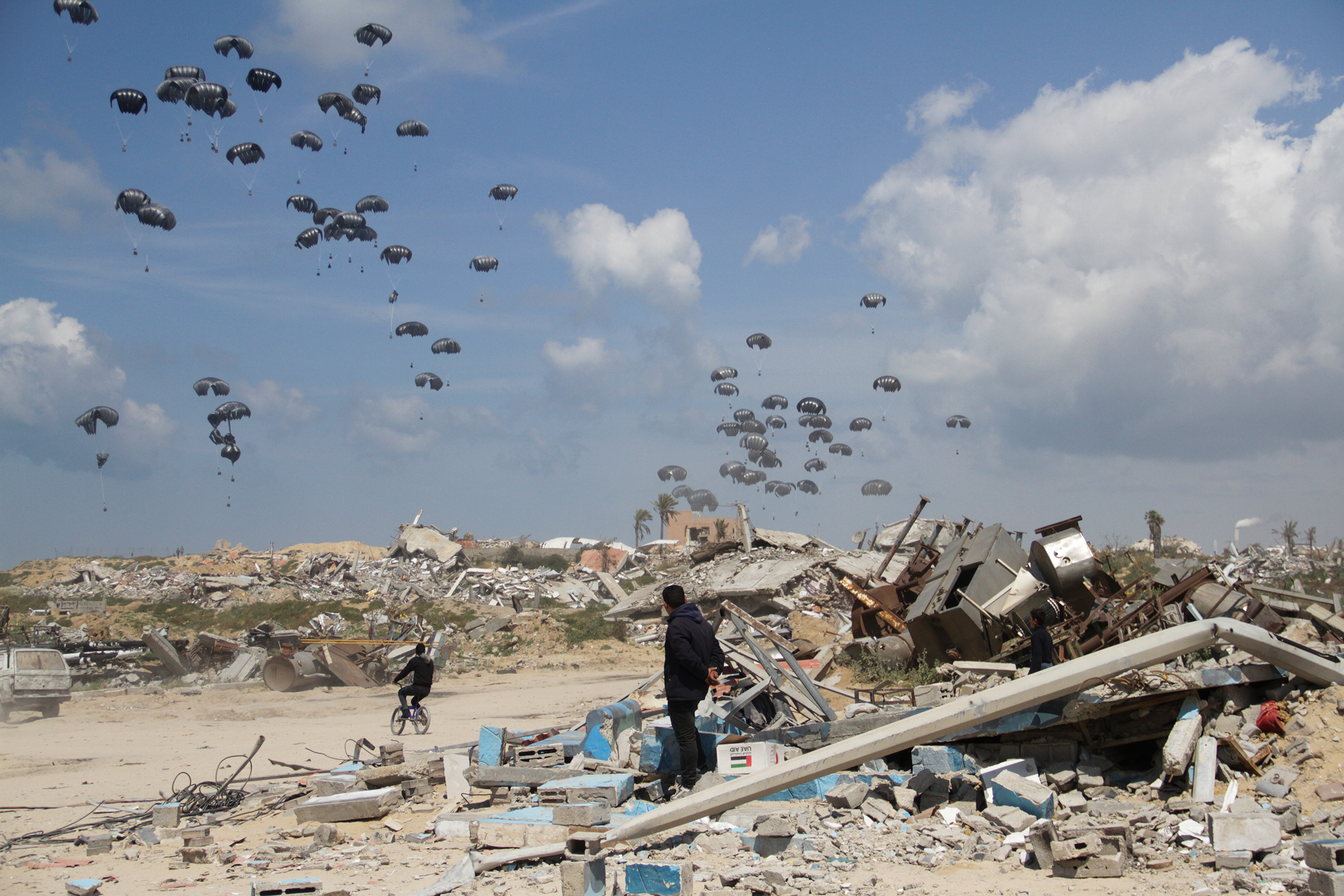Back in January, the International Court of Justice responded to a petition asking it to rule that Israel’s campaign in Gaza amounted to genocide. To the disappointment of the petitioner, South Africa, the court appeared to conclude that Israel’s campaign was not inherently genocidal, essentially affirming the principle of Israel’s right to military engagement for aims such as self-defense, the pursuit of terrorists, and hostage rescue. The Court also declined to call for a ceasefire, which it had also been asked to do.
The court did conclude, however, that it was “plausible” that crimes related to genocide—possibly but not necessarily including genocide itself—might have occurred (a finding that drew Israel’s ire). In six “provisional measures,'’ the court effectively put Israel on notice. Two of the measures essentially urged Israel and its defense forces to ensure that genocide did not occur in the course of responding to October 7; another compelled Israel to guard against incitement of genocide. Two others pertained to preserving evidence and reporting back to the Court. The court also urged Israel to “address the adverse conditions of life faced by Palestinians in the Gaza Strip.”
Read More: Is What’s Happening in Gaza a Genocide? Experts Weigh In
The crux of the Genocide Convention—the international treaty that gives the court jurisdiction—is that genocide is not simply “mass killing,” even of civilians, but rather a term for an effort to destroy a people. It offers four means, beyond killing, by which that might take place: “Causing serious bodily or mental harm . . .” (clause 2b), “inflicting . . . conditions of life calculated to bring about (a group’s) physical destruction . . .” (clause 2c),“imposing measures to prevent births . . .” (clause 2d), and “forcibly transferring children from one group to another” (clause 2e).
In the weeks after the ICJ order, battle casualties declined: roughly two-thirds of the roughly 32,000 deaths had already occurred by the new year. However, the humanitarian crisis—the part about which the ICG expressed explicit concern—has deepened. The UN reports that, as of late March, 75 % of the population of Gaza has been displaced from their homes. The prospect of an assault on the southern Gaza city of Rafah is likely to exacerbate the situation drastically. An analysis by the Integrated Food Security Phase Classification (a.k.a. the IPC, a crisis monitoring collaboration among the world’s leading international aid groups) predicts that by mid-summer “in the most likely scenario and under the assumption of an escalation of the conflict including a ground offensive in Rafah, half of the population of the Gaza Strip (1.11 million people) is expected to face catastrophic conditions.” That’s identified in the analysis as Phase 5, “famine”—the most dire of possible outcomes the IPC can make.
Read More: How Experts Believe Starvation Is Being Utilized in Gaza
It is worth asking, given the court’s concerns, whether the humanitarian crisis constitutes genocide. In legal terms, whether the situation can be deemed an act (or policy) of genocide depends on the parsing of the complete wording of Clause 2(C ): whether the conditions were “deliberately inflicted,” whether they reflect a calculation “to bring about . . . the destruction” of the Gaza’s Palestinian population, and, if so, whether an “intent to destroy” at least part of that population can be found to underlay that calculation.
In lay terms, the case is less complicated. The forced movement of much of Gaza’s population from the north of the territory to shelters and tent cities in the south—twinned with the policy of restricting relief to all of Gaza—has made famine practically inevitable. Any plausible assessment of the consequences of these policies would have to constitute a calculation that the population would face the type of risks it now confronts. Indeed, projections late last year by the Famine Early Warning Systems network raised exactly these concerns.

Moreover, dangerous, slow-developing, and woefully insufficient famine mitigation measures like air-drops and temporary piers demonstrate both an awareness of the need for relief at a policy level and a willingness to be delusionally satisfied with band-aid measures. That Israel cited these measures, even though they were undertaken by other countries, as evidence of its good will and clean intentions, is damning rather than exculpatory.
What Gaza needs is a massive well-coordinated relief effort. The cessation of hostilities is a prerequisite for that. Recalcitrance on the part of either Israel or Hamas on reaching that cessation is inseparable from responsibility for the humanitarian crisis. In the absence of trust between one another, both sides should commit to allowing a third party—whether the UN, the U.S., the EU, Saudi Arabia or other Arab states, or whomever can be negotiated to play the role—to oversee the delivery of relief and monitor its distribution. Policy debates on issues including sovereignty status, security guarantees, and accountability for international crimes are an essential part of the medium-term solution for Gaza—but they can only begin after Gaza’s human crisis has been addressed.
The reason to act is not that the International Court of Justice might mandate it. Nor because failing to act raises the possibility the court will make a finding of genocide under clause 2(c) of the Convention (although, it might). The reason to act is the moral responsibility to avert a preventable human catastrophe.
More Must-Reads from TIME
- Donald Trump Is TIME's 2024 Person of the Year
- Why We Chose Trump as Person of the Year
- Is Intermittent Fasting Good or Bad for You?
- The 100 Must-Read Books of 2024
- The 20 Best Christmas TV Episodes
- Column: If Optimism Feels Ridiculous Now, Try Hope
- The Future of Climate Action Is Trade Policy
- Merle Bombardieri Is Helping People Make the Baby Decision
Contact us at letters@time.com